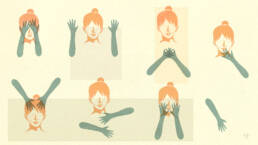Letters forming an alphabet are always the same; the whole of the words that can be built from their combination is vast.
Similarly, the words that in a particular time belong to a language’s vocabulary are relatively fixed. However, their combination in statements gives rise to a broader dimension: the one of meaning. Meaning not only depends on the sequence in which the words are placed but also on how we use them in different language games.
The matrix of a series of prints always has the same shape, but the trace that leaves depends on the complex interaction of factors such as random pressure, inking and type of paper.
Clichés often have a bad reputation due to their abused repetition.
Nevertheless, we use meanings by manipulating symbols that are old and iterated, playing with their configuration.
Without fixed, known and repeated elements, it would not be possible to decode symbols upon shared social practices and relatively stable uses.
Fabio Ruwett
Fabio Ruwett studied product and communication design at the Architecture Faculty of the University of Genova and Illustration at the International School of Comics.
On Instagram: @fabioruwett

